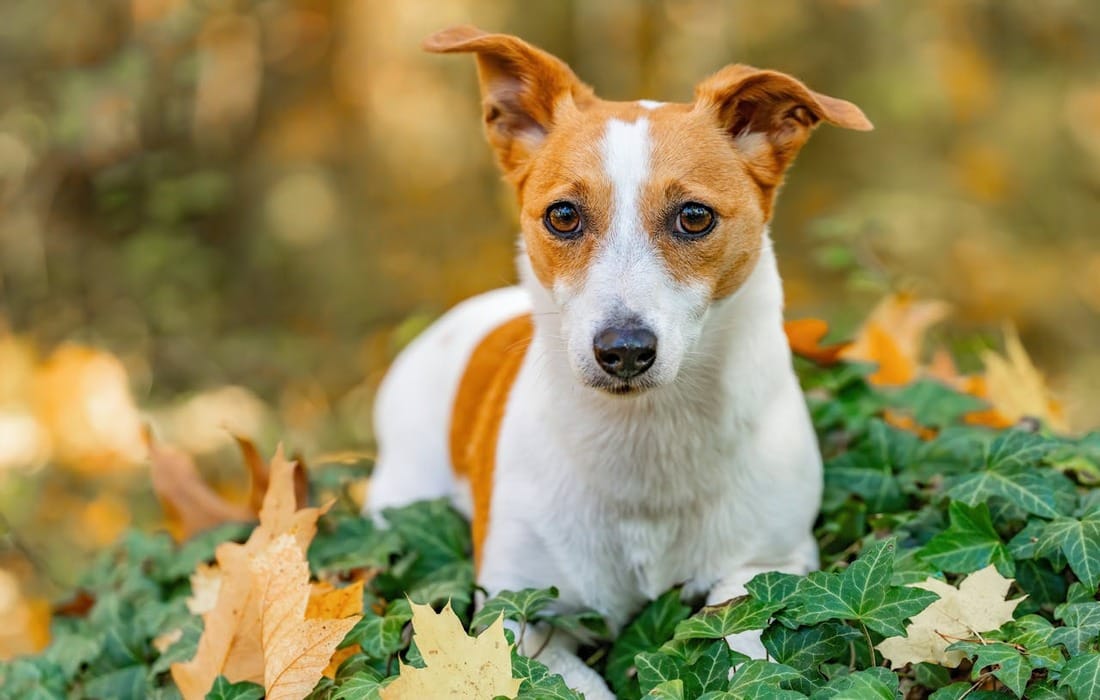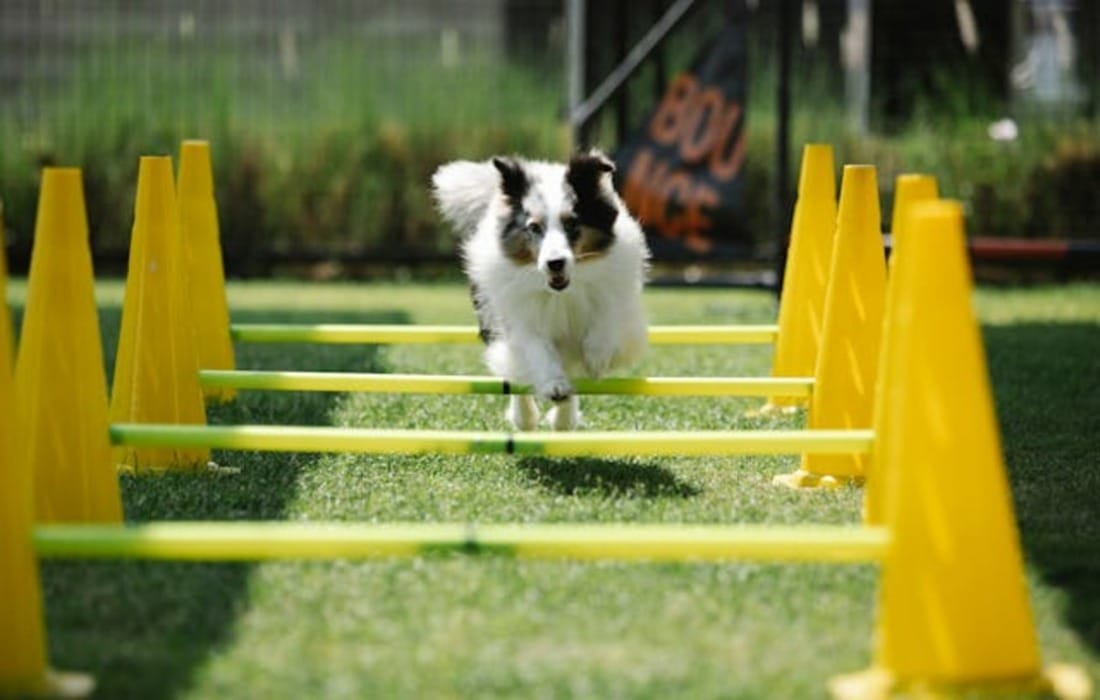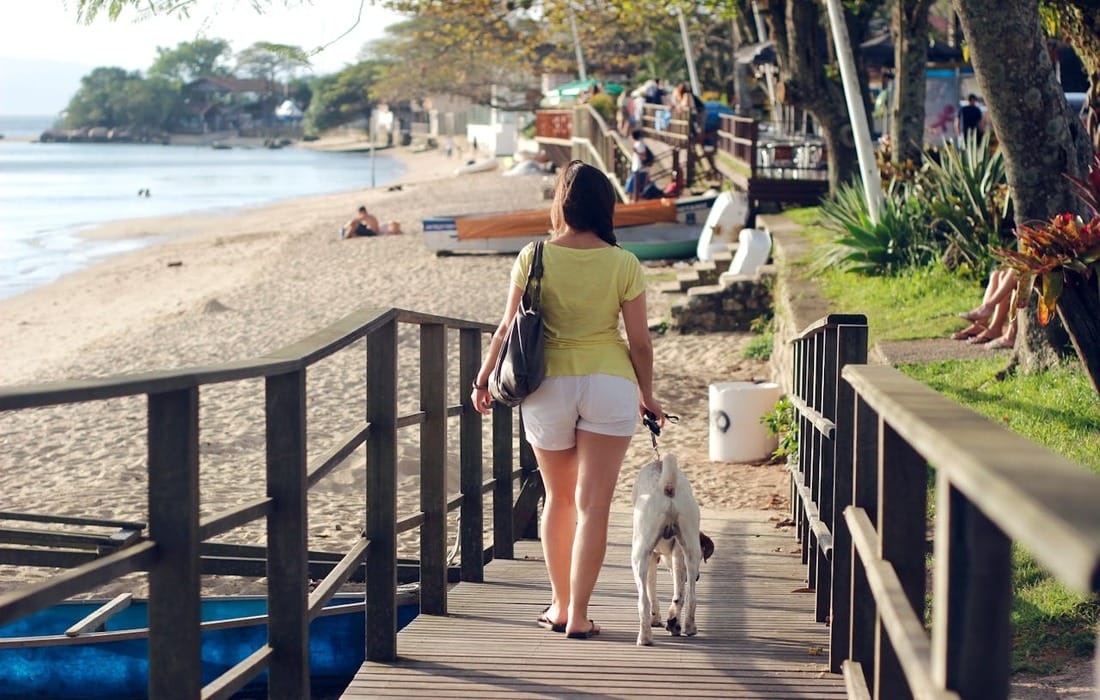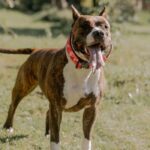When it comes to dog behavior, few challenges are as confusing or frustrating as dealing with a reactive dog. Understanding a reactive dog’s symptoms, triggers, and how to address them can make a significant difference in the quality of life for both the dog and its parent. In this comprehensive guide, we will explore what a reactive dog is, the common symptoms of reactivity, the typical triggers that provoke reactive behavior, and most importantly, how you can help your dog become more calm and well-adjusted.
What is a Reactive Dog?
A reactive dog responds strongly to certain triggers, often showing fear, excitement, or aggression. This could mean barking, lunging, growling, or even hiding. However, reactivity doesn’t always mean aggression. In many cases, it’s a sign that the dog feels threatened or overstimulated.
A reactive dog isn’t a “bad” dog. Often, it’s simply a result of anxiety, poor socialization, or past negative experiences. Dogs can become reactive when they’re scared, frustrated, or unsure of how to react to certain situations. The good news is, with patience and training, reactivity can improve.
Symptoms of Reactive Dogs
Reactive dogs show a variety of symptoms. These signs may vary depending on the dog and the situation, but here are the most common behaviors:
1. Barking and Lunging
One of the main signs of a reactive dog is excessive barking or lunging, especially when they encounter something or someone that triggers them. This could happen during walks, when they see another dog, or even when they meet new people. This reaction is usually linked to frustration, fear, or excitement, rather than aggression.
2. Growling or Snapping
If your dog growls or snaps, it may be feeling threatened. These behaviors are often seen when a dog is unsure or scared of another dog or person. Growling and snapping are signs that your dog needs more space or is reacting out of anxiety.
3. Tense Body Language
A reactive dog’s body language can be tense. They may stiffen, raise their hackles, or keep their tail straight. This indicates that the dog is on high alert and may feel uncomfortable with the situation. It’s a way for them to prepare for a potential threat.
4. Over-excitement
Not all reactive dogs are fearful. Some react with over-excitement, especially when they see other dogs or people. These dogs might jump, bark loudly, or pull on the leash. While not as dangerous as aggressive reactivity, it can still be hard to manage.
5. Avoidance
Some reactive dogs try to avoid stressful situations. They may back away from triggers or try to hide behind their owner. This is a sign of fear, and it often happens when a dog feels overwhelmed by its environment.
6. Destructive Behavior at Home
Reactive dogs may also exhibit destructive behavior at home. If a dog is left alone or stressed, they might chew furniture, dig, or urinate indoors. This behavior often stems from anxiety or frustration.
Common Triggers for Reactivity
Different things can trigger reactivity in dogs. These triggers often lead to the behaviors mentioned above. Understanding what causes your dog to react will help you manage the situation and reduce your dog’s stress.
1. Other Dogs
For many dogs, other animals are a major trigger. Dogs that haven’t been socialized well or have had bad experiences with other dogs may react with barking, lunging, or growling when they see another dog. This can happen on walks, at the dog park, or even through a fence.
2. Strangers and New People
Dogs who are not used to strangers can become reactive when meeting new people. If your dog has had limited exposure to unfamiliar faces, they may feel nervous or protective. This may lead to growling, barking, or hiding when someone new approaches.
3. Loud Noises
Dogs can also react to loud noises, such as fireworks, thunderstorms, or construction sounds. Some dogs have a fear of loud noises, which can cause them to bark, shake, or hide. This type of reactivity is often linked to anxiety.
4. Leash Restraint
Many dogs experience frustration or anxiety when on a leash. If they are unable to move freely, they may react by barking, pulling, or lunging at other dogs or people. Leash frustration is a common trigger for reactive behavior, especially in dogs that haven’t learned proper leash manners.
5. Certain Environments
Overstimulation can also be a trigger. If your dog is in a busy or crowded environment, they may become overwhelmed. This could include areas with lots of people, traffic, or noise, like parks or city streets. Dogs that are not used to these environments might react out of stress.
6. Fear of the Unknown
Reactivity can also stem from a dog’s fear of the unknown. Dogs that are not used to new experiences, objects, or routines may react nervously. Changes in the household, like moving furniture or a change in routine, can also trigger anxiety.
How to Help a Reactive Dog
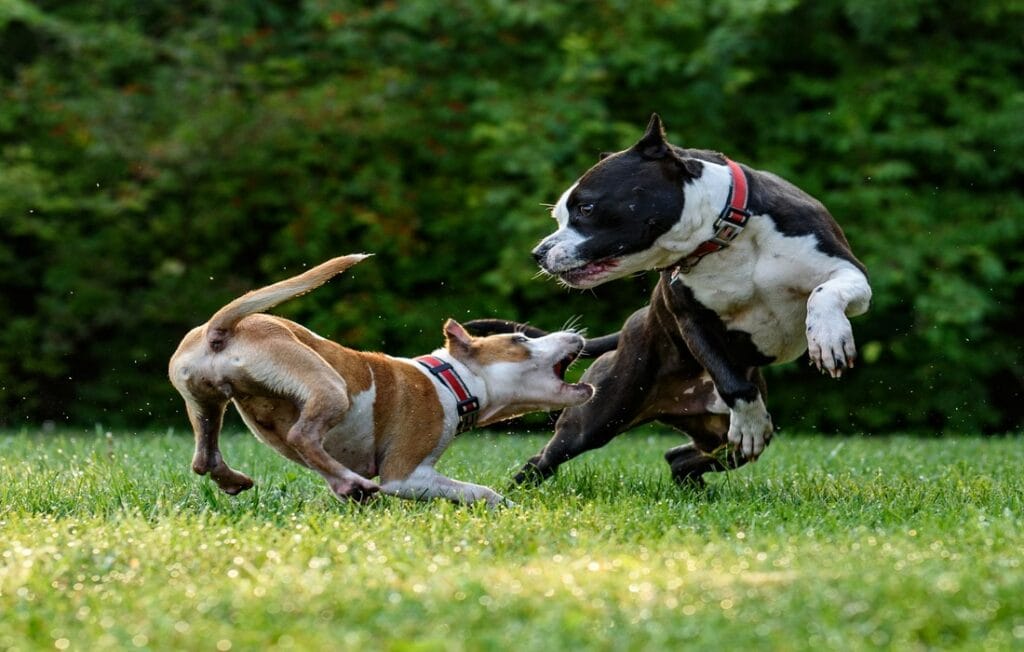

While dealing with a reactive dog can be difficult, there are steps you can take to help them. With time, patience, and proper training, many dogs can learn to handle their reactions more calmly.
1. Socialization
Socialization is crucial for all dogs, especially reactive ones. Exposing your dog to new people, dogs, and environments in a controlled manner helps them feel more comfortable in the world. For puppies, early socialization between 8 to 16 weeks of age is essential. For adult dogs, gradual exposure to triggers is key.
Start by introducing your dog to low-stress situations. Gradually increase the difficulty as your dog becomes more confident. Always reward calm behavior with treats, praise, or toys to reinforce good responses.
2. Desensitization and Counter-Conditioning
Desensitization involves exposing your dog to a trigger at a low intensity, gradually increasing the exposure. Counter-conditioning pairs a trigger with something positive, like treats, to change your dog’s emotional response. For example, if your dog is reactive to other dogs, start by exposing them to dogs from a distance and reward calm behavior. Slowly decrease the distance as your dog becomes more comfortable.
3. Positive Reinforcement Training
Using positive reinforcement is a powerful way to train a reactive dog. Reward calm and relaxed behavior when your dog encounters a trigger. For example, if your dog stays calm around another dog, immediately reward them with a treat. This teaches your dog that good things happen when they remain calm and helps to reduce their reactivity over time.
4. Leash Training and Management
Leash reactivity is a common problem, but it can be managed with proper training. Make sure your dog walks calmly on a leash. If your dog pulls or lunges, gently guide them back to a relaxed position. Use a harness that reduces pulling and avoid tight leash tension. Practicing loose-leash walking will help prevent frustration and teach your dog to remain calm during walks.
5. Create a Safe Space
If your dog is feeling overwhelmed, create a safe space where they can relax. This could be a crate, a quiet room, or a corner of the house where they can feel secure. Having a retreat can help your dog de-stress and calm down when they’re feeling anxious or reactive.
6. Consult a Professional
If your dog’s reactivity is severe or difficult to manage on your own, consider working with a professional dog trainer or behaviorist. A trained expert can assess your dog’s behavior and develop a custom training plan. They can guide you through the process and provide valuable insight into your dog’s needs.
7. Medication for Anxiety
In some cases, medication may be necessary to help manage anxiety or severe reactivity. Talk to your vet about whether anti-anxiety medication or calming supplements might be appropriate for your dog. Medication should always be used in combination with training, not as a sole solution.
Final Thoughts
A reactive dog may be a challenge, but it’s not an impossible problem to solve. By understanding your dog’s symptoms and triggers, and using positive training techniques, you can help your dog feel more confident and calm. Remember, progress takes time, and every dog is different. With patience and consistency, your dog can become more relaxed and well-behaved in everyday situations.
By investing in your dog’s training and well-being, you’ll not only reduce their reactivity but also strengthen the bond between you and your dog. Whether your dog is fearful or just overly excited, there are plenty of solutions to help them manage their behavior. With the right approach, you can help your dog become the calm, confident companion they were meant to be.


